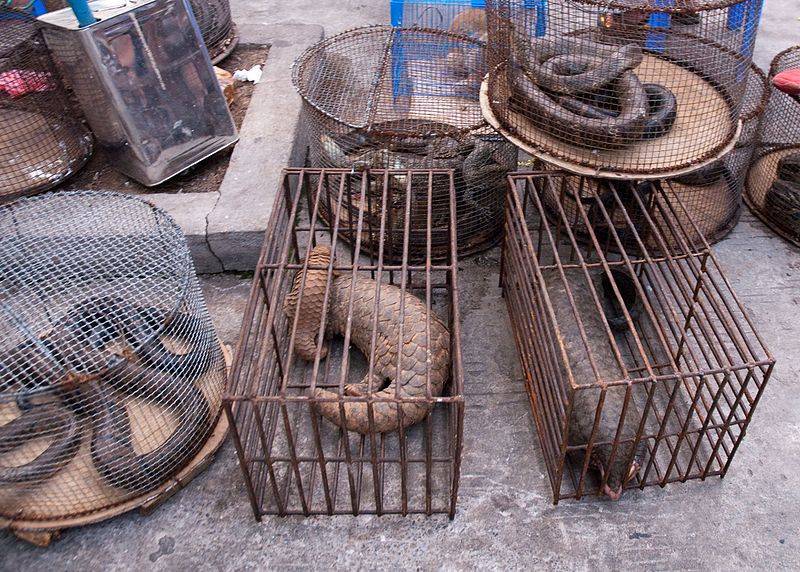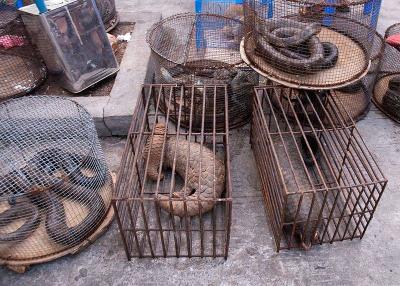A new study has revealed that more than 47,000 live animals were available for sale in markets in the Chinese city of Wuhan over a period of two and a half years before the first reported case of COVID-19 in the city in late 2019, highlighting the risks of disease transmission from wildlife trade. The study, published in the journal "Scientific Reports," found that around 38 species of animals were sold in 17 markets in Wuhan from May 2017 to November 2019, including 31 species protected under law, without safety measures, increasing health risks.
Many early human cases of the disease were linked to the Huanan Seafood Market in Wuhan, and initial infections were classified as cases of human transmission of the SARS-CoV-2 virus. However, some initial cases were also associated with other markets in Wuhan where a separate strain of SARS-CoV-2 was detected, raising the possibility that transmission began much earlier, possibly through wildlife trade.
A study conducted by the World Health Organization in collaboration with China, published at the end of March, reported no confirmed sales of live mammals in Wuhan markets in 2019, but indicated evidence of their sale at earlier times. Speculation has circulated that SARS-CoV-2 may have leaked from a laboratory in Wuhan studying coronaviruses, but the prevailing belief is that it first emerged in bats, with the closest matching strain found in a cave in Yunnan province, China.
The joint study by China and the WHO suggested that the virus likely jumped to humans through an intermediate animal, often pointing to the pangolin as the strongest candidate for this role. The new study conducted by researchers from China, the UK, and Canada found no evidence of bats or pangolins being sold in Wuhan, but other animals such as minks, raccoon dogs, squirrels, and foxes were available in the markets.
Following the initial outbreak of COVID-19 in Wuhan, China launched a campaign against wildlife trafficking and closed markets and farms, although it continued to allow the farming of certain animals for their fur or for use in traditional Chinese medicine.




